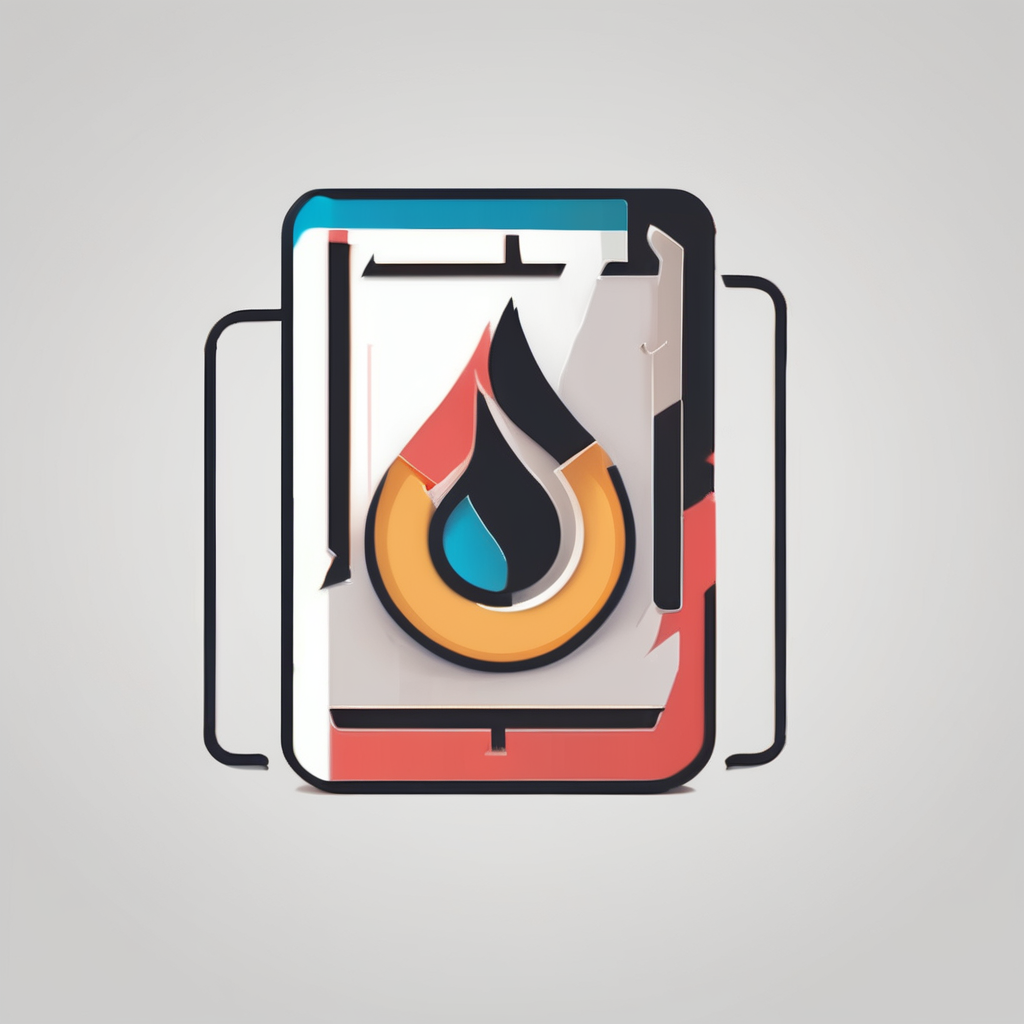Introduction to Yoga for Stress Relief
Yoga serves as an effective strategy for stress management through its holistic approaches. It engages the mind-body connection, offering pathways to balance and calmness. Regular practice of yoga for stress relief can lower cortisol levels (the primary stress hormone), enhance mood, and increase resilience to stress.
Incorporating yoga into daily routines is essential for reaping these benefits consistently. A seamless integration of yoga not only combats stress but also promotes overall well-being. Its flexibility allows it to fit various schedules and lifestyles, complementing other wellness practices seamlessly.
This might interest you : Proven Techniques for a Vibrant Scalp: Discover the Key to Bountiful Locks
Scientific research supports yoga’s effectiveness in stress relief, with numerous studies highlighting its psychological and physiological benefits. For instance, research has shown that yoga can improve mental clarity, increase energy levels, and enable better emotional control. This holistic method helps in nurturing a peaceful state of mind and encourages self-awareness, thereby fostering long-term stress resilience.
Understanding how yoga impacts stress can empower individuals to make informed decisions regarding their stress management strategies. As an affordable and accessible practice, yoga stands out as a sustainable option for those seeking to improve their quality of life through natural and effective means.
Also read : Travel light and stylish: your comprehensive guide to creating an eco-friendly capsule wardrobe
Top Yoga Techniques for Alleviating Stress
Exploring the right stress relief practices with yoga can significantly enhance your journey toward tranquility. Incorporating effective yoga techniques into your routine begins with foundational poses.
Child’s Pose is a gentle position that encourages relaxation and introspection. This pose involves kneeling on the floor, sitting back towards the heels, and stretching the arms forward. It’s ideal for rest and recovery, facilitating a sense of security.
Downward Dog is another calming pose that helps alleviate stress by stretching and strengthening the body. This pose involves forming an inverted “V” shape with the body, with hands and feet on the ground. It’s particularly useful for releasing tension accumulated in the back and shoulders.
Breathing exercises like Pranayama are crucial for relaxation. Focused breathing calms the mind, balances energy levels, and reduces anxiety. By integrating deep and rhythmic breathing into your yoga routine, you enhance the meditative aspect of the practice, enriching your overall experience.
Meditation complements yoga by cultivating mindfulness and inner peace. Merging meditation with yoga techniques can maximize the tranquility you derive from your stress relief practices, offering a holistic approach to managing stress.
Step-by-Step Guides to Key Techniques
Understanding the correct step-by-step yoga techniques ensures both safety and effectiveness in practice. Below are detailed instructions, common pitfalls, and tips for maximising each pose.
Child’s Pose
Begin kneeling, big toes touching, and knees apart. Exhale, lowering your torso between thighs. Stretch arms forward, palms down. This gentle stance promotes relaxation. Key mistake: tension in the neck. Avoid this by keeping shoulders away from ears.
Downward Dog
Start on all fours, wrists under shoulders, knees below hips. Tuck toes, straighten legs, forming an inverted “V”. Push hands into the ground, lift hips. Benefits include hamstring stretching and tension release. Ensure even weight distribution to prevent wrist strain.
Pranayama Breathing
Sit comfortably, spine straight. Inhale deeply through the nose, filling lungs entirely. Hold briefly. Exhale slowly. Focus on steady rhythm, ensuring breaths are long and even. Common error: shallow breathing. Concentrate on extending breaths for maximum relaxation.
By being mindful of body alignment and breathing throughout these practices, you enhance both safety and effectiveness. For beginners, guided videos or apps can provide additional practice guidance. Remember, consistency and attention to form are essential for experiencing the full benefits of yoga.
Benefits of Yoga on Mental Health
Regular yoga practice has been shown to significantly reduce anxiety levels, offering a natural remedy for managing daily stressors. Engaging in yoga regularly can lead to notable improvements in emotional and mental well-being, enhancing one’s capacity to handle stress more effectively. Yoga accomplishes this through its emphasis on mindfulness, physical movement, and breath control, which collectively foster a calmer disposition.
Moreover, extensive evidence supports yoga as a viable complementary therapy for depression. Studies have demonstrated its potential to alleviate depressive symptoms by increasing serotonin production and reducing cortisol levels. This biochemical balance is crucial in encouraging positive moods and improving overall emotional wellness.
Testimonials and case studies further underline the positive outcomes individuals experience with consistent yoga practice. For instance, anecdotes from practitioners often highlight a noticeable uplift in mood and a profound sense of inner peace after engaging with yoga. These personal accounts are backed by research, providing a compelling argument for incorporating yoga into mental health routines.
In summary, the profound mental health benefits of yoga make it an invaluable component of a comprehensive wellness strategy, empowering individuals to achieve emotional balance and enhanced resilience against mental health challenges.
Creating a Conducive Space for Yoga Practice
Creating the perfect yoga space setup is essential to fully enjoying yoga for stress relief. Begin by selecting a quiet area in your home where you feel comfortable and free from distractions. A serene environment amplifies the calming effects of yoga, promoting relaxation and focus.
A well-thought-out practice environment should be decluttered and personalized. Clear the area of unnecessary items to maintain cleanliness and mental clarity. Personal touches such as a yoga mat in your favourite colour, soft lighting, and comfortable cushions can make the space more inviting and inspiring.
Incorporating elements like calming scents and sounds can significantly elevate your yoga experience. Consider using essential oils or incense that evoke relaxation, such as lavender or sandalwood. Gentle background music or nature sounds can further enhance the ambiance, making it conducive to meditation and deep breathing.
Designing an inspirational yoga space is a personal journey that caters to your needs and preferences. Whether you prefer a minimalist design or a vibrant setup, ensure it motivates you to engage in daily yoga practice, thus fostering a positive and stress-free lifestyle. Consistent use of this personalized sanctuary aids in achieving deeper relaxation and effective stress management.
Integrating Yoga into Daily Life
Incorporating a daily yoga practice into your routine can transform your lifestyle habits, ensuring consistent stress management benefits. To seamlessly integrate yoga into a busy schedule, start with short sessions. Even dedicating just 10-15 minutes each day can cultivate a calming ritual that offers stress relief.
Consider adopting morning or evening practices as part of your routine. Morning yoga can invigorate and prepare you for the day, while evening sessions help in unwinding and reflective relaxation. For those with fluctuating schedules, maintaining flexibility is key. Fitting sessions into your day as time permits allows for sustainable practice retention.
Utilising mobile apps or online resources can further support consistency by providing guided practices that fit personal schedules and preferences. Many apps offer diverse routines catering to different needs and skill levels, ensuring accessibility regardless of experience.
To boost commitment, set realistic goals and track progress. Even a modest milestone, like mastering a pose or completing a set number of sessions weekly, can maintain motivation. Making yoga a habitual part of daily life requires mindful planning and commitment but yields profound benefits in stress management and overall well-being.
Expert Insights and Research on Yoga for Stress Relief
Yoga experts frequently highlight the substantial psychological benefits linked to regular practice, emphasizing its precise ability to alleviate stress. Professional opinions underscore how yoga’s structured movement and mindful breathing work in tandem to reduce cortisol levels, thus mitigating stress reactions.
Recent Studies
Recent yoga research studies have further cemented yoga’s role in stress relief. A notable study revealed that participants engaged in yoga reported a marked decrease in stress-induced symptoms like irritability and concentration difficulties. These findings are pivotal, encouraging the inclusion of yoga as a standard stress management tactic. Another study demonstrated that yoga’s mix of physical poses and breathing exercises leads to significant improvements in emotional regulation.
Professional Recommendations
Experts advise seeking guidance from certified yoga instructors to optimize the benefits of yoga practices. Professional recommendations often highlight the importance of technique and form, making it crucial for beginners to learn under a skilled teacher.
Yoga instructors provide expert yoga advice, ensuring correct posture and offering personalized modifications to accommodate various abilities. This tailored approach helps practitioners manage stress more effectively.








